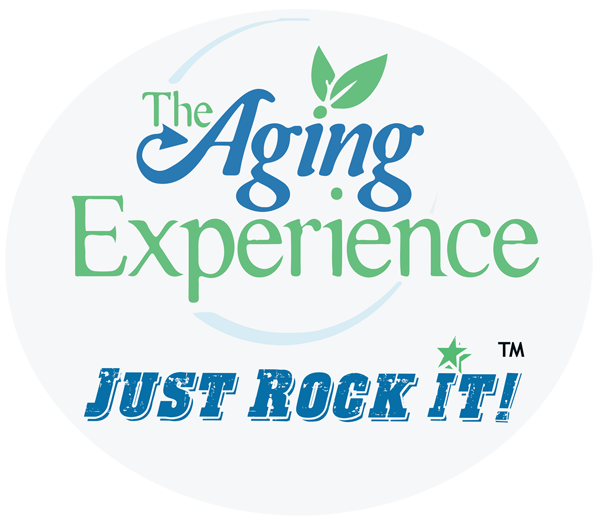Drugs That May Cause Memory Loss (VIDEO)
[embed_youtube”420″ height=”315″ src=”//www.youtube.com/embed/c4zT5ZrmEk4″]
Drugs That May Cause Memory Loss
The AARP published an interesting article regarding drugs that may cause memory loss. Here is a quick summary. Read the full post.
åÊ
1. Antianxiety drugs
Examples: Alprazolam (Xanax), chlordiazepoxide (Librium), clonazepam (Klonopin), diazepam (Valium), flurazepam (Dalmane), lorazepam (Ativan), midazolam (Versed), quazepam (Doral), temazepam (Restoril) and triazolam (Halcion).
2. Cholesterol-lowering drugs (Statins)
Examples: Atorvastatin (Lipitor), fluvastatin (Lescol), lovastatin (Mevacor), pravastatin (Pravachol), rosuvastatin (Crestor) and simvastatin (Zocor).
3. Antiseizure drugs
Examples: Acetazolamide (Diamox), carbamazepine (Tegretol), ezogabine (Potiga), gabapentin (Neurontin), lamotrigine (Lamictal), levetiracetam (Keppra), oxcarbazepine (Trileptal), pregabalin (Lyrica), rufinamide (Banzel), topiramate (Topamax), valproic acid (Depakote) and zonisamide (Zonegran).
4. Antidepressant drugs
Examples: Amitriptyline (Elavil), clomipramine (Anafranil), desipramine (Norpramin), doxepin (Sinequan), imipramine (Tofranil), nortriptyline (Pamelor), protriptyline (Vivactil) and trimipramine (Surmontil).
5. Narcotic painkillers
Examples: Fentanyl (Duragesic), hydrocodone (Norco, Vicodin), hydromorphone (Dilaudid, Exalgo), morphine (Astramorph, Avinza) and oxycodone (OxyContin, Percocet). These drugs come in many different forms, including tablets, solutions for injection, transdermal patches and suppositories.
6. Parkinson’s drugs
Examples: Apomorphine (Apokyn), pramipexole (Mirapex) and ropinirole (Requip).
7. Hypertension drugs
Examples: Atenolol (Tenormin), carvedilol (Coreg), metoprolol (Lopressor, Toprol), propranolol (Inderal), sotalol (Betapace), timolol (Timoptic) and some other drugs whose chemical names end with “-olol.”
8. Sleeping aid
Examples: Eszopiclone (Lunesta), zaleplon (Sonata) and zolpidem (Ambien).
9. Incontinence drug
Examples: Darifenacin (Enablex), oxybutynin (Ditropan XL, Gelnique, Oxytrol), solifenacin (Vesicare), tolterodine (Detrol) and trospium (Sanctura).
10. Antihistamines
Examples: Brompheniramine (Dimetane), carbinoxamine (Clistin), chlorpheniramine (Chlor-Trimeton), clemastine (Tavist), diphenhydramine (Benadryl) and hydroxyzine (Vistaril).
I deliberately kept this to the types and brand names so you can spot yours quickly. And when you do it might be worth a conversation with your physician about your medications.åÊ
Another Reason To Take Care of Yourself. There Will be Noone Left To Do It. (VIDEO)
[embed_youtube”420″ height=”315″ src=”//www.youtube.com/embed/7Lgf2y9BBqg”]
Is Memory Loss Reversible?
A team of Columbia University Medical Center (CUMC) researchers has found that deficiency of a protein called RbAp48 in the hippocampus is a significant contributor to age-related memory loss and that this form of memory loss is reversible.åÊ
The hippocampus, a brain region that consists of several interconnected subregions plays a vital role in memory. It was initially thought that age-related memory loss is an early manifestation of Alzheimer’s. These finding offer the strongest causal evidence that age-related memory loss and Alzheimer’s disease are distinct conditions.åÊ
Using live lab mice and eight human brains that were donated for science, the team found that a gene called RbAp48 was linked to the kind of memory loss associated with aging.
The amount of protein the gene produced was almost 50 percent lower in old brains than in younger ones, said the study in the US journal Science Translational Medicine.
They found that switching off the protein in younger mice made them forgetful, while increasing the protein in older mice boosted their memory.
“The fact that we were able to reverse age-related memory loss in mice is very encouraging,” said lead researcher, Nobel laureate Eric R. Kandel, MD in a release. “But at the very least, it shows that this protein is a major factor, and it speaks to the fact that age-related memory loss is due to a functional change in neurons of some sort. Unlike with Alzheimer’s, there is no significant loss of neurons.”
Source: Science Daily
Another Reason To Take Care of Yourself. There Will be Noone Left To Do It.
- In 2010, the caregiver support ratio was more than 7 potential caregivers for every person in the high-risk years of 80-plus.
- By 2030, the ratio is projected to decline sharply to 4 to 1; and it is expected to further fall to less than 3 to 1 in 2050.
- åÊ
- 2050 ÛÒ I will be in my 90Ûªs hopefully. And my kids will be anywhere from 63 to 73 years old. So the care ainÛªt happening there! So with little unpaid options, whatÛªs an elderly bloke to do?
The report notes that family caregivers are a key factor in the ability to remain in oneÛªs home and in the community when disability strikes. And it says more than two- thirds (68 percent) of Americans believe that they will be able to rely on their families to meet their LTSS needs when they require help. My fellow boomers are in for a rude awakening.
That may not happen so another option here is start what have been called NORCÛªs ÛÒ Naturally Occurring Retirement Communities, where an elder population congregates to live in residential areas and the services they need start to spring up around them. Plus they have each other to lean on as well.
- Follow this blogs advice. Age in quality not in crisis and tend to your health ÛÒ physical, financial, emotional.
- Foster a dialogue about caring for elders with children and grandchildren. I can already see that my wife and I will have FAR more grandchildren than we had children. Some of that is only natural. Where we have grandparents taking care of their childrenÛªs children in todayÛªs society, well, we need to reverse that.
- Think of how you will age in place and in what place. As mentioned, naturally occurring communities offer support.
- Get married and stay married!











